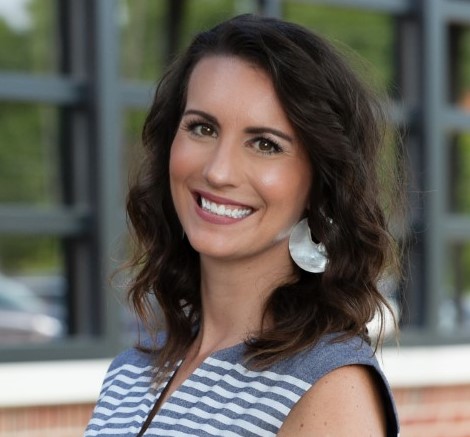
In our district, one of the greatest challenges that our teachers face from a social and emotional learning (SEL) perspective is trying to balance students’ needs while also viewing growth through an SEL lens, knowing that every student carries his or her own personal “baggage.”
The challenge amplifies when teachers try to jump in and facilitate a program as students are coming into it, and bringing with them new issues and personal situations. That’s because you can’t just jump into learning; you have to lay down a solid SEL foundation first.
It starts with creating a classroom community that helps ensure the best success on the learning front. It’s not a simple process; there are many different layers that have to be factored in, with SEL laying out the foundation for success at both the social-emotional and academic levels.
5 tips for selecting an SEL curriculum
With the right tools, leadership, and strategies in place, districts can create a successful SEL curriculum that aligns with their overall mission and vision from an academic level. Here are five steps that districts should take when selecting the best SEL curriculum for their students and teachers:
- Explore your options. CASEL publishes a set of five interrelated sets of cognitive, affective, and behavioral competencies: self-awareness, self-management, social awareness, relationship skills, and responsible decision-making. Taking some time to familiarize yourself with these competencies to be sure your curriculum aligns can serve as a good starting point for districts that are looking for a highly effective SEL platform. This will help ensure that what’s being taught to students is rooted in research-based best practices and standards for SEL.
- Ask to see the curriculum in action. Before selecting 7 Mindsets SEL curriculum, I was familiar with it and had already seen it in action. That’s what made me believe in it. I would encourage anyone who is looking for a program to talk to a program rep and ask for a live demonstration of the platform. You may have to get creative and see it via a Zoom session with schools closed or operating in a hybrid model during this pandemic, but the extra effort will pay off when you can actually see the teachers and students using the program.
- Look for a program that facilitates student happiness. What child doesn’t want to be a part of that experience, where he or she feels accepted, connected, loved, and celebrated? I walked away from that “in action” session thinking, “if I ever have the opportunity to give that to schools, I want to be able to do that because I’ve always been a believer that you can really get the results you need with students.” And while the outcome data like attendance increases and reduction of discipline are important, at the end of the day we want our kids to be in school, feel happy, adjusted, supported, loved, cared for, and a part of an equitable community.
- Get teacher buy-in. You can purchase the most well-reviewed program out there, but if your teachers say, “this is difficult to use,” you’re not going to get the results you want. You won’t get optimal rewards from the platform if the people facilitating it don’t believe in it.
- Pick a program that provides support. When you’re reviewing program options, make sure the one you pick offers both implementation and ongoing support. For example, 7 Mindsets just did a teacher training session at one of our high schools recently. Find a well-supported system that removes the early barriers and that “gets it” from the teacher’s perspective, versus just trying to push technology on them.
Before we started using our SEL program, there was a clear gap in our social-emotional learning approach. One of our high school principals was pleading with us to provide a program and/or resources to help fill this gap, and we listened. Today, our entire district is prioritizing SEL, knowing that it’s critical to our students’ overall wellbeing and academic development.
Tessa Barbazon is Director of School Counseling and Social Emotional Learning, District PBIS Coordinator, and REACH Scholarship Program Coordinator at Clarke County School District in Georgia.
More from DA









